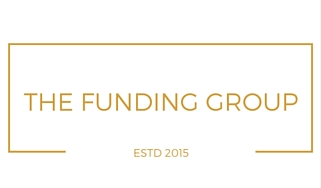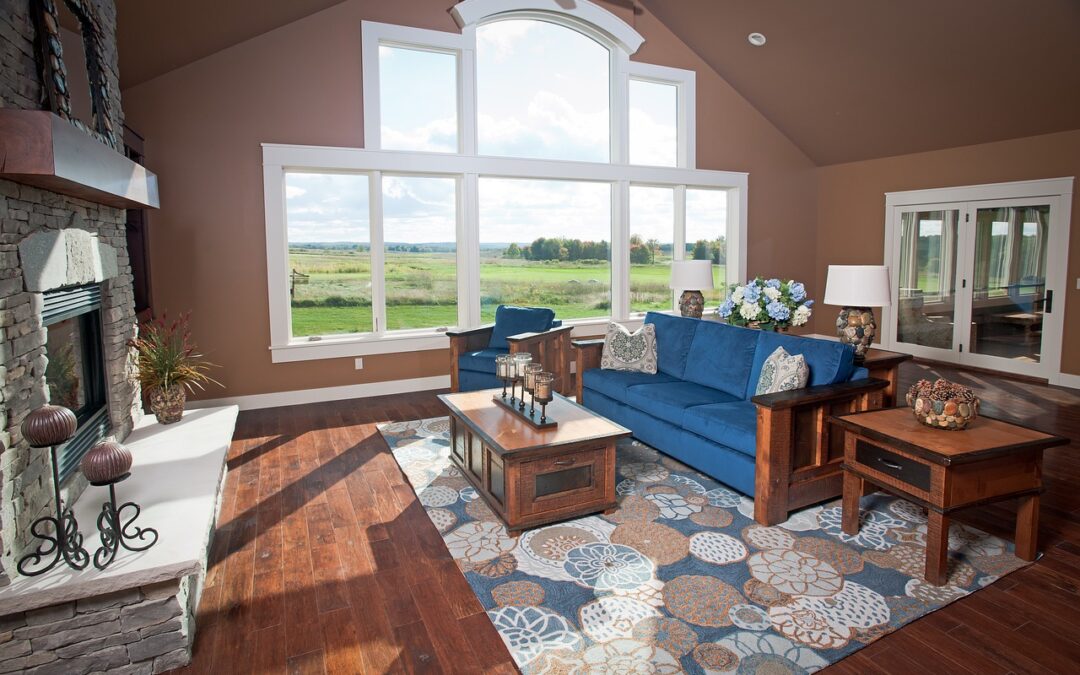Five years have passed before the Consumer Financial Protection Bureau, (CFPB), issued regulations to offer safer and more sustainable home loans to consumers. These regulations are known as Qualified Mortgages or QMs.
Lenders were required to ensure that applicants are able to repay their mortgages under the Dodd-Frank Wall Street Reform and Consumer Protection Act. This is the ability to-repay rule.
Also, the Act requires that QM loans not have any risky loan features such as negative amortization, interest only, balloon payments, terms exceeding 30 years, excessive points or fees. The following criteria must be met by QM loans:
- Borrower’s debt to income (DTI) ratio should not exceed 43 percent
- The loan is eligible for purchase, guarantee, or insurance through the Federal Housing Administration or Veterans Affairs of the United States Department of Agriculture, or any government-sponsored enterprise (GSE), regardless of DTI ratio
- Insured depositories with assets below $10 billion must originate loans and they must keep the loan in their portfolio for at least 3 years.
Non-QM is a home loan that does not comply with QM regulations. Non-QM loans are not always high-risk, they’re just loans that don’t conform to the QM guidelines.
Furthermore, Non-QM loans can be interest-only, limited/alternative documentation, and other types. Non-QM loans must still meet the ATR requirements.
Non-QM is growing (up by 1 percent from 2017 to 2018, and representing about 4 per cent of 2018 originations. The non-QM market makes up a tiny portion of today’s mortgage market. However, it is crucial in meeting credit needs of homebuyers who cannot obtain financing through a GSE.
Additionally, Non-QM options may be available for creditworthy borrowers who are not eligible to apply for GSE loans or government-insured loans. These include investors, self-employed borrowers, first homebuyers, borrowers with significant assets and low incomes, jumbo loan borrowers, and borrowers who have substantial assets.

